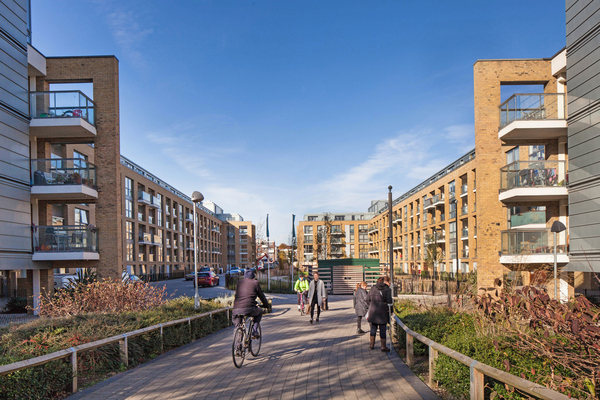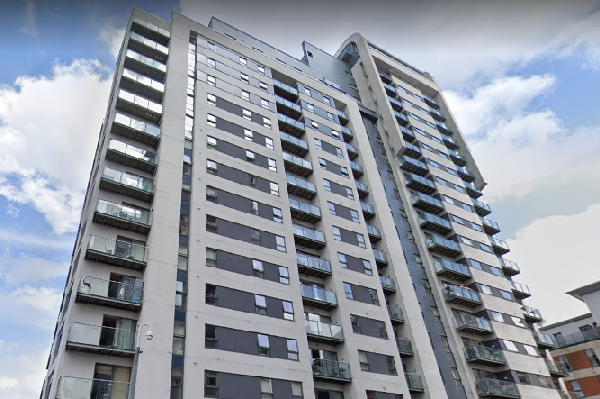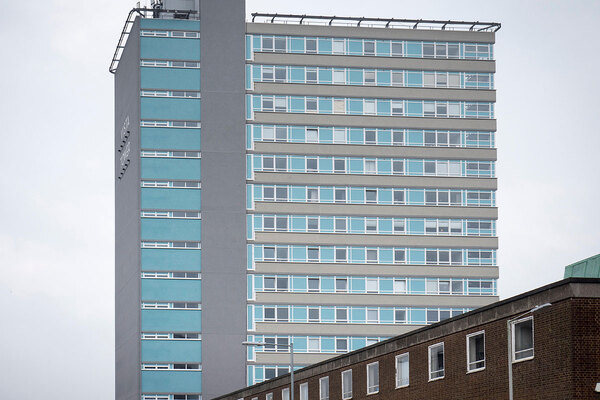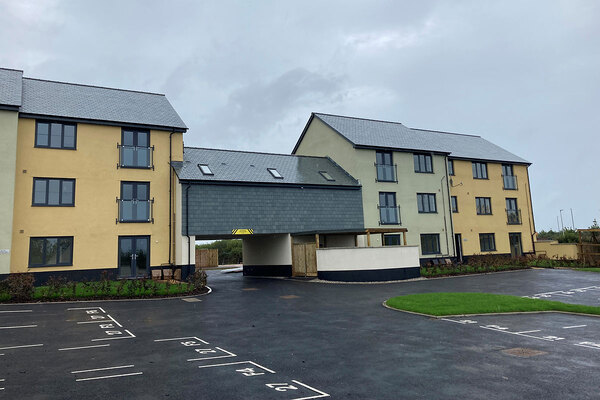You are viewing 1 of your 1 free articles
Number of London buildings with evacuation policy in place triples to 900 in a year
The number of buildings in London with interim simultaneous evacuation strategies in place due to fire safety issues has topped 900 after tripling in the past year.
Andy Roe, commissioner of the London Fire Brigade (LFB), told a London Assembly committee that there are now 901 blocks of flats in the capital “on waking watch”.
A spokesperson later clarified that this figure refers to all buildings with interim evacuation policies in place, meaning residents are instructed to get out if a blaze breaks out because of outstanding safety work.
In March 2020, the LFB told Inside Housing that there were 289 blocks with waking watches in place in London, with the BBC reporting that by October 2020 the figure had risen to 430.
The brigade confirmed that these figures are directly comparable with the number quoted by Mr Roe.
Some buildings with an interim simultaneous evacuation strategy in place have a fire alarm system has been installed meaning waking watch patrols are not deemed to be required.
The LFB does not collect breakdown data showing how many blocks using an evacuation strategy have a waking watch.
Mr Roe told London Assembly members on the Fire, Resilience and Emergency Planning Committee that the number “continues to grow”.
The current figure of 901 is double the total number of high rises in Manchester, he said.
It is also roughly double the number of buildings expected to be supported through the government’s £30m fund to help deal with the significant costs associated with waking watches, though it includes buildings where an evacuation strategy is in place but no round-the-clock wardens.
The Ministry of Housing, Communities and Local Government estimated that the fund could cover the installation of alarm systems in between 310 and 480 buildings.
Cladding issues are the reason for a simultaneous evacuation strategy being implemented at 675 of the 901 blocks, with the rest a result of other fire safety issues such as poor compartmentation.
The LFB visits buildings with waking watches on a fortnightly basis and carries out fire safety audits on them every six months.
“We’re looking at 901 of those buildings in London now and that number is going up,” Mr Roe said.
“So, obviously it is a draw on our resources, however, the work is that fundamentally important that I see it as something we have to maintain continuously into the future until those buildings are remediated.”
Inside Housing research has found that the average waking watch cost for individual leaseholders is around £400 a month – but that in some cases it can be as high as £800.
Social landlords are also forking out millions for patrols, with Camden Council spending £10.2m between June 2017 and December 2019.
National Fire Chiefs Council guidance states that waking watches should only be temporary, but at some buildings in London they have been in place for three years or more as cladding remediation drags on.
Asked if the LFB is assisting building owners to install alarm systems that can bring down the costs, Mr Roe said that the brigade is “really interested in working with responsible persons to put in the appropriate mitigation”.
Update: at 11.15am 15/07/21
The story was updated following clarification from LFB that the 901 figure relates to buildings with an interim simultaneous evacuation strategy in place including some without a waking watch
Sign up for our fire safety newsletter
Already have an account? Click here to manage your newsletters













